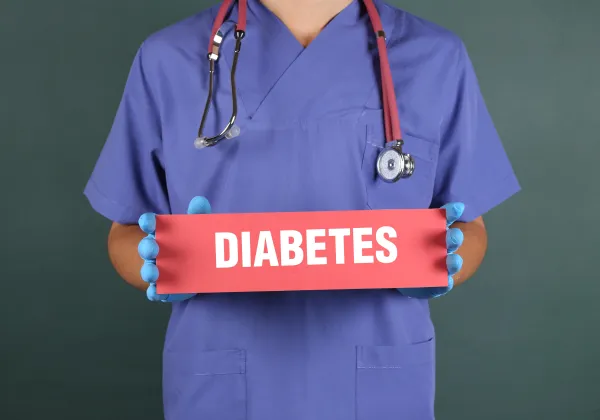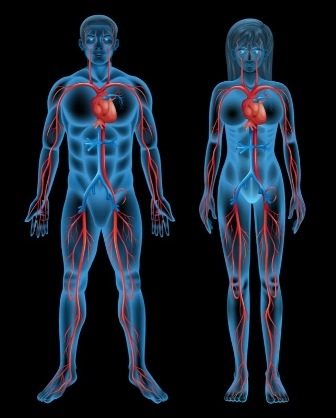Anesthesia Coding Alert
ICD-10:
Start Looking at Your Potential Diagnosis Changes for October
Published on Thu Jun 16, 2016

You’ve reached your limit of free articles. Already a subscriber? Log in.
Not a subscriber? Subscribe today to continue reading this article. Plus, you’ll get:
- Simple explanations of current healthcare regulations and payer programs
- Real-world reporting scenarios solved by our expert coders
- Industry news, such as MAC and RAC activities, the OIG Work Plan, and CERT reports
- Instant access to every article ever published in Revenue Cycle Insider
- 6 annual AAPC-approved CEUs
- The latest updates for CPT®, ICD-10-CM, HCPCS Level II, NCCI edits, modifiers, compliance, technology, practice management, and more
Related Articles
Other Articles in this issue of
Anesthesia Coding Alert
- ICD-10:
Start Looking at Your Potential Diagnosis Changes for October
Search beyond ‘anesthesia’ for codes that could affect your claims. The first official update to [...] - Compliance:
Use This 8-Point Guide to Strengthen Your HIPAA Training
Remember that every employee needs refreshers. Every person in your practice – physician, CRNA, or [...] - You Be the Coder:
Check These Options for Percutaneous Image Guided Procedures
Question: What are the differences between codes 01935 and 01936? California Subscriber Answer: Codes 01935 (Anesthesia for [...] - Reader Question:
Crosswalk to Correct Anesthesia Code to Find Base Unit
Question: A young woman had an accident while skiing that led to her left shoulder being [...] - Reader Question:
Watch for the Concurrent Cases to Correctly Append the Modifiers
Question: How do the anesthesia modifiers help us to differentiate between medical direction vs. medical supervision? [...] - Reader Question:
Encourage Thorough Documentation for 'Bilateral' 62311
Question: How do I capture the “bilateral” portion of 62311? The descriptor states “single” injection, but [...] - Reader Question:
Note the Age for Pediatric Patient When Achieving Hypothermia
Question: How do we code when we have to use a pump oxygenator to achieve hypothermia [...] - Reader Question:
Identify the Sinus Tarsi Injection Location
Question: How do you code for sinus tarsi injection? North Carolina Subscriber Answer: Coding for a sinus [...] - Reader Question:
Pay Attention to Global Period for 62350 Follow-Up
Question: Our physician completed a revision of a tunneled spinal epidural catheter. The patient was asked [...] - Reader Question:
Follow This Advice With BAs for Phase 2 HIPAA Audits
Question: When the Phase 2 HIPAA audits move to business associates (BAs), does our medical practice [...]
View All




